Home>Storage Ideas>Kitchen Storage>Should Your Kitchen Cabinet Color Match Your Kitchen Walls? Interior Designers Weigh In
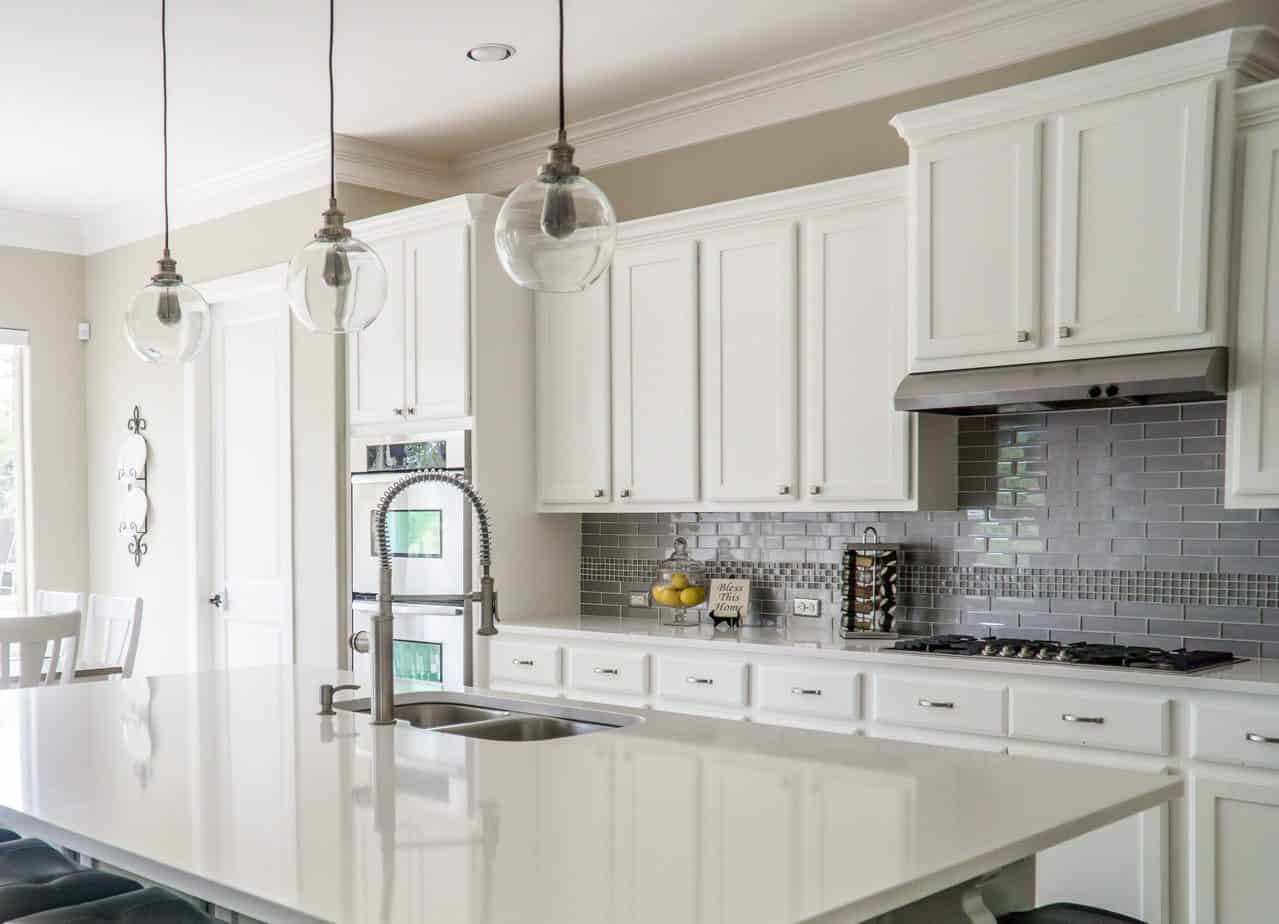

Kitchen Storage
Should Your Kitchen Cabinet Color Match Your Kitchen Walls? Interior Designers Weigh In
Modified: January 18, 2024
Discover expert advice on whether your kitchen cabinet color should match your kitchen walls. Get valuable insights from interior designers and explore creative kitchen storage ideas.
(Many of the links in this article redirect to a specific reviewed product. Your purchase of these products through affiliate links helps to generate commission for Storables.com, at no extra cost. Learn more)
Introduction
When it comes to designing your kitchen, one important decision you’ll have to make is whether your kitchen cabinet color should match your kitchen walls. Some people believe that a cohesive color scheme creates a harmonious and visually appealing look, while others prefer to mix and match colors for a more eclectic style.
The color of your kitchen cabinets plays a significant role in defining the overall aesthetic and mood of your kitchen. Whether you opt for a bold and vibrant look or a soft and subtle ambiance, the choice of cabinet color can make a dramatic impact on the overall feel of the space.
In this article, we will explore the importance of kitchen cabinet color and delve into the considerations, pros and cons, and alternative options for matching or contrasting cabinet color with your kitchen walls. We will also seek the insights of seasoned interior designers to provide expert opinions on this widely debated topic.
Key Takeaways:
- Matching kitchen cabinet color with walls creates a cohesive, timeless look, ideal for smaller kitchens. However, contrasting colors can add depth and visual interest, allowing for personal style expression and creativity.
- Consider kitchen size, lighting, and personal style when deciding to match or contrast cabinet color with walls. Expert designers emphasize finding the right balance for a visually stunning, personalized kitchen.
The Importance of Kitchen Cabinet Color
When it comes to kitchen design, the color of your cabinets plays a crucial role in setting the tone and style of the space. The right cabinet color can transform your kitchen from mundane to magnificent. Here are a few reasons why kitchen cabinet color is important:
- Enhances the Visual Appeal: The color of your kitchen cabinets can significantly impact the overall aesthetics of the room. Whether you choose a classic white or go for a bold and trendy color, the cabinets become the focal point of the kitchen. The right choice of color can create a captivating and eye-catching space that reflects your personal style.
- Creates a Sense of Cohesion: Matching the color of your cabinets with the kitchen walls can create a sense of cohesion and harmony in the space. A monochromatic color scheme can give a seamless and unified look, making the kitchen feel well-designed and put together. This is particularly useful in smaller kitchens, where a cohesive color palette can make the room appear larger and more open.
- Sets the Mood: Different colors evoke different emotions and moods. For example, white cabinets can create a clean and airy atmosphere, while dark cabinets can add a touch of drama and elegance. The color of your cabinets can also influence the overall ambiance of the kitchen. Warm, earthy tones can create a cozy and inviting feel, while vibrant and bold colors can make a statement and bring energy to the space.
- Reflects Your Personal Style: Your kitchen is an extension of your personality and taste. The color of your cabinets allows you to express your individuality and create a space that reflects your unique style. Whether you prefer a modern and sleek look or a rustic and farmhouse vibe, the choice of cabinet color can help bring your vision to life.
Overall, the importance of kitchen cabinet color cannot be underestimated. It has the power to elevate the aesthetic appeal, create a cohesive look, set the mood, and showcase your personal style. So, when designing your kitchen, carefully consider the color options to ensure a space that is both visually striking and a true reflection of who you are.
Considerations for Matching Kitchen Cabinet Color with Kitchen Walls
Matching the color of your kitchen cabinets with the kitchen walls can create a cohesive and harmonious look. However, before making a decision, there are several factors to consider:
- Kitchen Size and Layout: The size and layout of your kitchen can influence the decision to match or contrast cabinet color with the walls. In smaller kitchens, matching the color can create a sense of continuity and make the space appear larger. On the other hand, in larger kitchens, contrasting colors can add visual interest and create focal points.
- Lighting Conditions: Lighting plays a vital role in how colors appear in a space. Consider the natural light and artificial lighting fixtures in your kitchen. If you have ample natural light, a matching color scheme can enhance the brightness and create an airy atmosphere. In spaces with limited natural light, contrasting colors can help add depth and prevent the room from feeling too dark.
- Existing Decor and Fixtures: Take into account the existing decor and fixtures in your kitchen. If you have unique or colorful elements such as a vibrant backsplash or patterned flooring, matching the cabinet color may help create a cohesive and balanced look. However, if you already have a lot of different colors and patterns, contrasting the cabinets can add visual interest and prevent the space from feeling overwhelming.
- Personal Style and Preferences: Your personal style and preferences should ultimately guide your decision. Consider the overall aesthetic you want to achieve in your kitchen. If you prefer a clean and streamlined look, matching cabinet and wall colors can create a cohesive and modern appearance. If you enjoy a more eclectic and artistic style, contrasting colors can add personality and visual excitement.
- Future Resale Value: It’s important to consider the potential impact on the resale value of your home. While matching colors can create a timeless and universally appealing look, contrasting colors can be a bold choice that may not suit everyone’s taste. If resale value is a concern, it may be safer to opt for a more neutral or versatile color scheme.
Ultimately, the decision to match or contrast kitchen cabinet color with the walls depends on your personal preferences, the size and layout of your kitchen, lighting conditions, existing decor, and future resale value. It can be helpful to consult with an interior designer who can provide expert advice tailored to your specific space and style.
Pros and Cons of Matching Kitchen Cabinet Color with Kitchen Walls
Matching the color of your kitchen cabinets with the kitchen walls can create a visually cohesive and harmonious space. However, there are both pros and cons to consider before making this design decision:
Pros:
- Cohesive and Unified Look: Matching cabinet color with the walls creates a seamless and unified look. It gives the kitchen a sense of continuity and makes the space feel well-designed and put together. This can be particularly beneficial in smaller kitchens where a cohesive color scheme can create the illusion of a larger and more open space.
- Bright and Airy Atmosphere: In spaces with abundant natural light and limited wall space, matching cabinet color with the walls can enhance the brightness and create an airy atmosphere. The continuous flow of color from the cabinets to the walls can eliminate visual distractions and make the kitchen feel more spacious.
- Ease of Decorating: With a matching color scheme, you have greater flexibility in terms of decorating. The cohesive palette allows you to easily incorporate artwork, accessories, and decor items that complement the color scheme. This makes it easier to change the look and feel of the kitchen without having to worry about clashing colors.
- Timeless and Versatile: A matching color scheme tends to have a timeless and versatile appeal. It can withstand changing trends and easily adapt to different interior styles. This is especially important if you plan to sell your home in the future, as a neutral and cohesive color scheme can appeal to a wider range of potential buyers.
Cons:
- Lack of Visual Interest: Matching cabinet color with the walls can sometimes result in a lack of visual interest. Without contrasting colors, the kitchen may feel monotonous and bland. This can be particularly noticeable in kitchens with minimal decor or if the chosen color is quite subdued.
- Less Depth and Dimension: Matching cabinet color with the walls can visually flatten the space. Without contrasting colors, the kitchen may lack depth and dimension. This is especially relevant in larger kitchens, where contrasting colors can create focal points and add visual interest.
- Color Limitations: A matching color scheme can limit your options for experimenting with different colors and trends. If you prefer to be more adventurous with your kitchen design, contrasting colors allow for more flexibility and creativity.
- Potential Maintenance Challenges: Matching cabinet and wall colors can reveal imperfections more easily. Any scuffs, scratches, or wear and tear on the cabinets or walls can be more noticeable with a uniform color scheme. Regular maintenance and touch-ups may be required to keep the kitchen looking pristine.
It’s important to consider these pros and cons when deciding whether to match the color of your kitchen cabinets with the walls. Every kitchen is unique, and what works for one may not work for another. By carefully weighing these factors, you can make an informed decision that suits your style, needs, and preferences.
It’s not necessary for your kitchen cabinet color to match your walls. In fact, contrasting colors can create visual interest and depth in the space. Consider complementary or contrasting colors for a more dynamic look.
Alternatives to Matching Kitchen Cabinet Color with Kitchen Walls
While matching the color of your kitchen cabinets with the kitchen walls can create a cohesive and harmonious look, there are alternative design approaches that can add visual interest and create a unique and personalized kitchen. Here are some alternatives to consider:
- Contrasting Colors: Instead of matching the cabinet color with the walls, opt for contrasting colors to create visual impact. For example, if your walls are a light neutral color, consider choosing dark or vibrant cabinet colors to make a bold statement. This contrast can add depth and dimension to the kitchen and create focal points that draw the eye.
- Two-Tone Cabinets: Another option is to use a combination of two different cabinet colors. This can involve contrasting upper and lower cabinets or using a different color for a kitchen island or feature cabinets. Two-tone cabinets can create a visually appealing and dynamic look, adding depth and interest to the space.
- Feature Wall: Instead of matching the cabinet color with all the walls, create a feature wall in the kitchen. Choose a bold or vibrant color, patterned wallpaper, or textured material for the feature wall, while keeping the rest of the walls and cabinets in a complementary or neutral color. This draws attention to the focal point and adds a touch of personality to the kitchen.
- Mixed Materials: Consider incorporating different materials for your cabinets and walls. For instance, you could have wooden cabinets with a brick backsplash, or sleek metal cabinets with a subway tile wall. Mixing materials can add texture and visual interest, creating a unique and eclectic kitchen design.
- Colorful Accents: If you prefer a neutral color scheme for your cabinets and walls, you can introduce pops of color through accessories, decor, and kitchen appliances. Choose vibrant artwork, colorful curtains, or bright kitchen utensils to add personality and visual interest to the space.
These alternatives provide opportunities to infuse your kitchen with creativity and personality. By breaking away from the traditional matching color scheme, you can create a kitchen that reflects your unique style and preferences.
However, it’s important to strike a balance between contrasting colors and maintaining a cohesive design. Consider the overall aesthetic you want to achieve in your kitchen and ensure that the colors and materials you choose complement each other harmoniously.
Expert Opinion: Interior Designers Weigh In
To provide a well-rounded perspective on the topic of matching kitchen cabinet color with kitchen walls, we reached out to experienced interior designers for their expert opinions. Here’s what they had to say:
1. Sarah Johnson, Interior Designer at Design Studio:
“Matching the color of kitchen cabinets with the walls can create a cohesive and timeless look. It brings a sense of unity and can make the kitchen feel larger, especially in smaller spaces. However, I also encourage clients to consider contrasting colors for added visual interest. It can create depth and focal points, and allow you to showcase your personal style. Ultimately, it’s about finding the right balance and creating a kitchen that reflects your taste and meets your functional needs.”
2. Michael Thompson, Principal Designer at Thompson Interiors:
“I often recommend mixing cabinet and wall colors to my clients. It creates a more dynamic and personalized kitchen. Contrasting colors can add drama and individuality, while still maintaining a cohesive flow. I suggest playing with complementary color schemes or introducing texture through mixed materials. It’s important to consider the overall design vision and the client’s preferences to create a kitchen that stands out while still feeling harmonious.”
3. Emily Rodriguez, Founder of Studio E Designs:
“While matching cabinet color with the walls can create a clean and seamless look, I believe in the power of contrast. By using contrasting colors, you can create focal points and add visual interest to the kitchen. It’s about finding a balance between matching and contrasting to strike the right design balance. I advise clients to consider their personal style and the overall aesthetic they want to achieve in their kitchen when making the decision.”
4. David Smith, Interior Design Consultant:
“Matching cabinet color with kitchen walls is a traditional choice that provides a safe and classic look. However, I often encourage my clients to explore contrasting colors to create a unique and visually stimulating kitchen. Contrasting colors can create a striking and memorable impression. It’s about experimenting and finding the right combination that resonates with your personal style and enhances the overall design of the space.”
These insights from interior designers highlight the importance of balancing cohesion with individuality and personal style. While matching kitchen cabinet color with kitchen walls can create a cohesive and timeless look, contrasting colors can add visual interest and allow for creative expression.
Ultimately, the decision whether to match or contrast kitchen cabinet color with kitchen walls should be based on your personal preferences, the size and layout of your kitchen, lighting conditions, existing decor, and future resale value. By considering these factors and seeking expert advice, you can create a stunning and personalized kitchen that is a true reflection of your style and taste.
Conclusion
Choosing the right color for your kitchen cabinets is an important decision that can greatly impact the overall look and feel of your kitchen. While matching the cabinet color with the kitchen walls can create a cohesive and harmonious look, there are alternative options and considerations to keep in mind.
The importance of kitchen cabinet color lies in its ability to enhance the visual appeal, create a sense of cohesion, set the mood, and reflect your personal style. Whether you choose to match the colors for a seamless and unified look or opt for contrasting colors for added visual interest, the decision should be guided by various factors such as kitchen size, lighting conditions, existing decor, and personal preferences.
Matching kitchen cabinet color with kitchen walls offers a cohesive and timeless look, creating a sense of continuity and making the kitchen feel larger. It also provides ease in decorating and has a versatile appeal that can withstand changing trends. However, it may lack visual interest and depth, and it can limit your options for experimentation with different colors.
On the other hand, contrasting colors and alternative options such as two-tone cabinets, feature walls, mixed materials, and colorful accents provide opportunities to add personality, visual interest, and creativity to your kitchen. However, they require careful consideration to maintain a cohesive design and balance.
In seeking expert opinions, seasoned interior designers highlight the importance of finding the right balance between matching and contrasting colors. Their insights emphasize the need to consider personal style, functional needs, and the overall design vision to create a kitchen that reflects your taste while still achieving a harmonious and visually appealing space.
In conclusion, the decision to match or contrast kitchen cabinet color with kitchen walls should be based on a combination of personal preferences, design principles, and practical considerations. By carefully assessing the size and layout of your kitchen, lighting conditions, existing decor, and most importantly, your own style and vision, you can create a kitchen that is both visually stunning and a true reflection of your unique personality.
Frequently Asked Questions about Should Your Kitchen Cabinet Color Match Your Kitchen Walls? Interior Designers Weigh In
Was this page helpful?
At Storables.com, we guarantee accurate and reliable information. Our content, validated by Expert Board Contributors, is crafted following stringent Editorial Policies. We're committed to providing you with well-researched, expert-backed insights for all your informational needs.
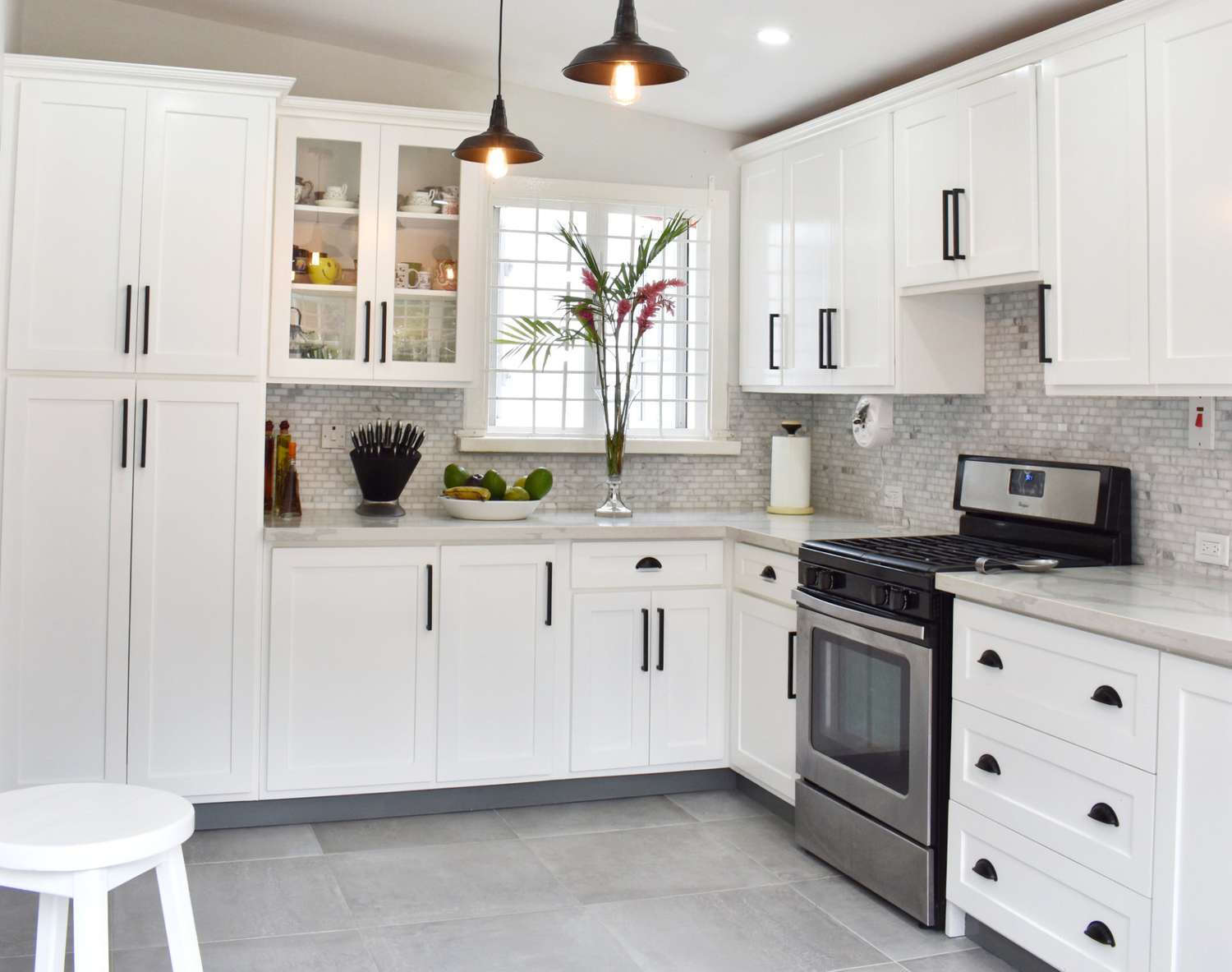
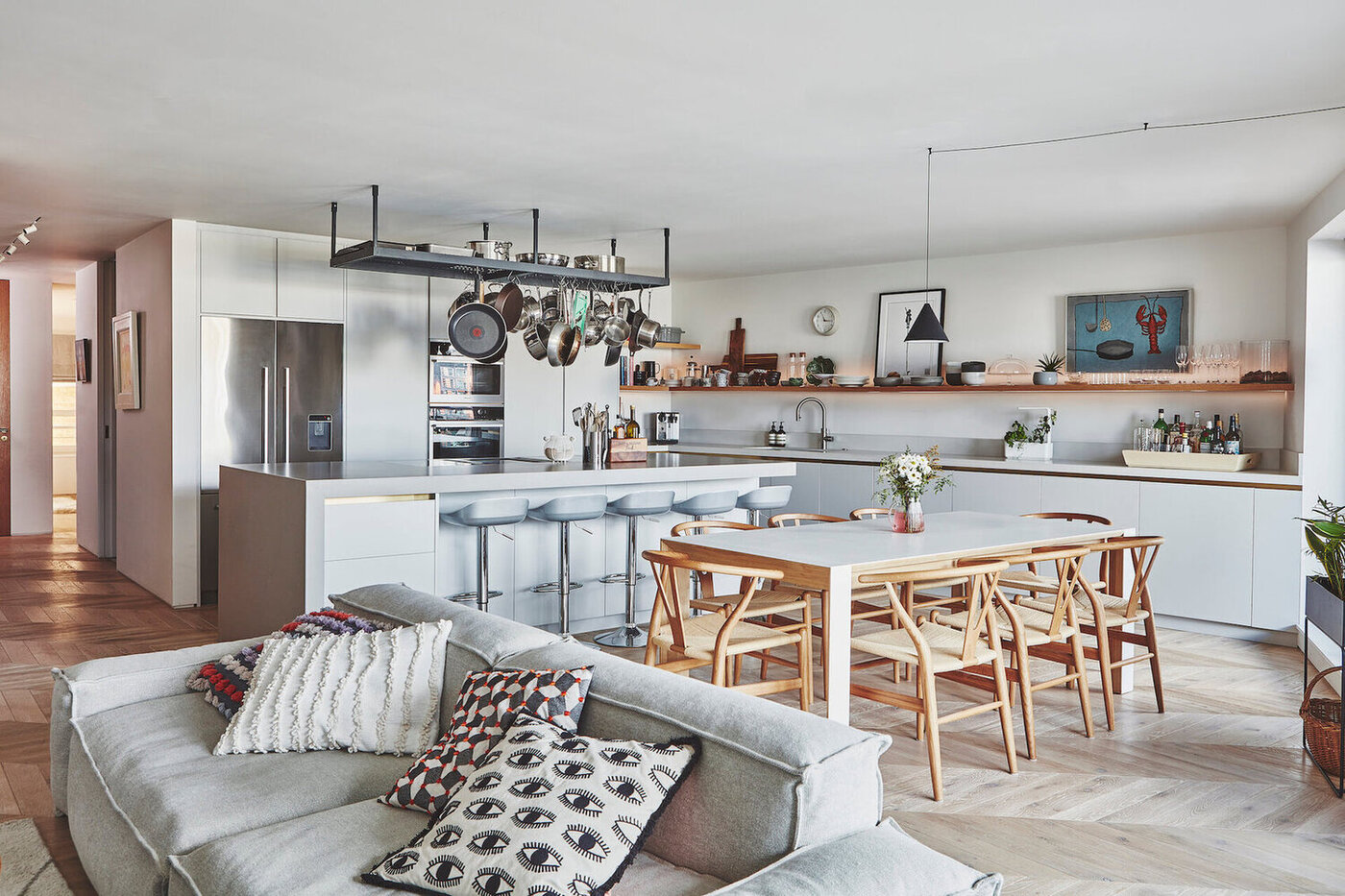
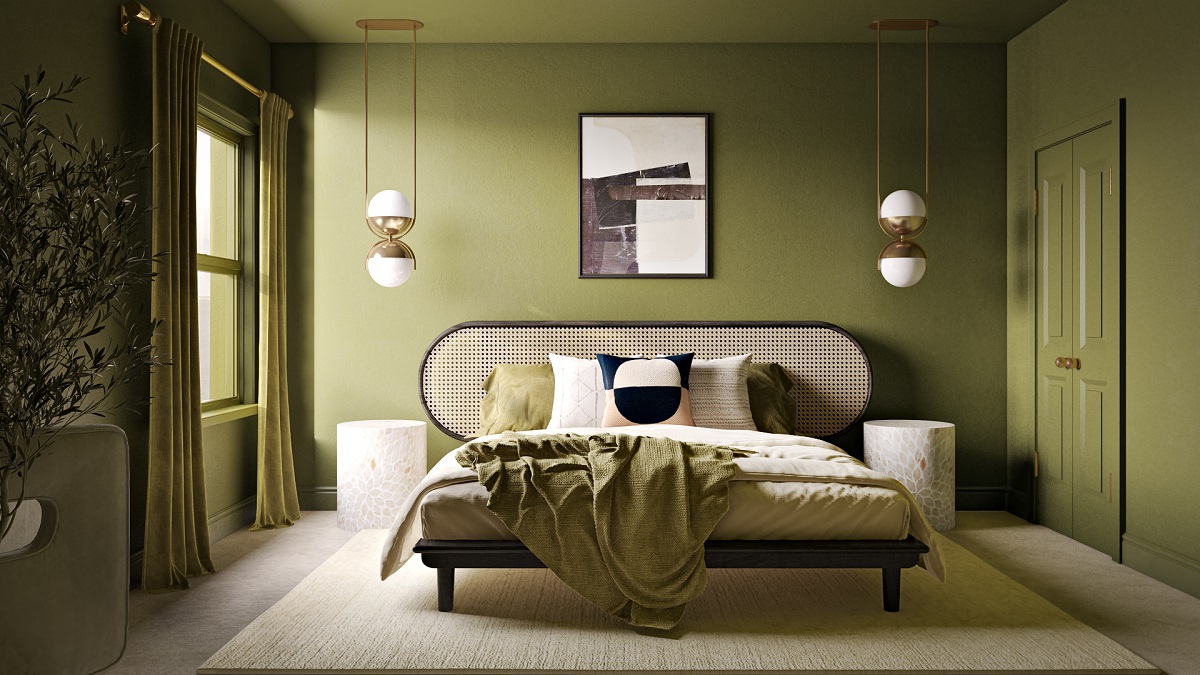
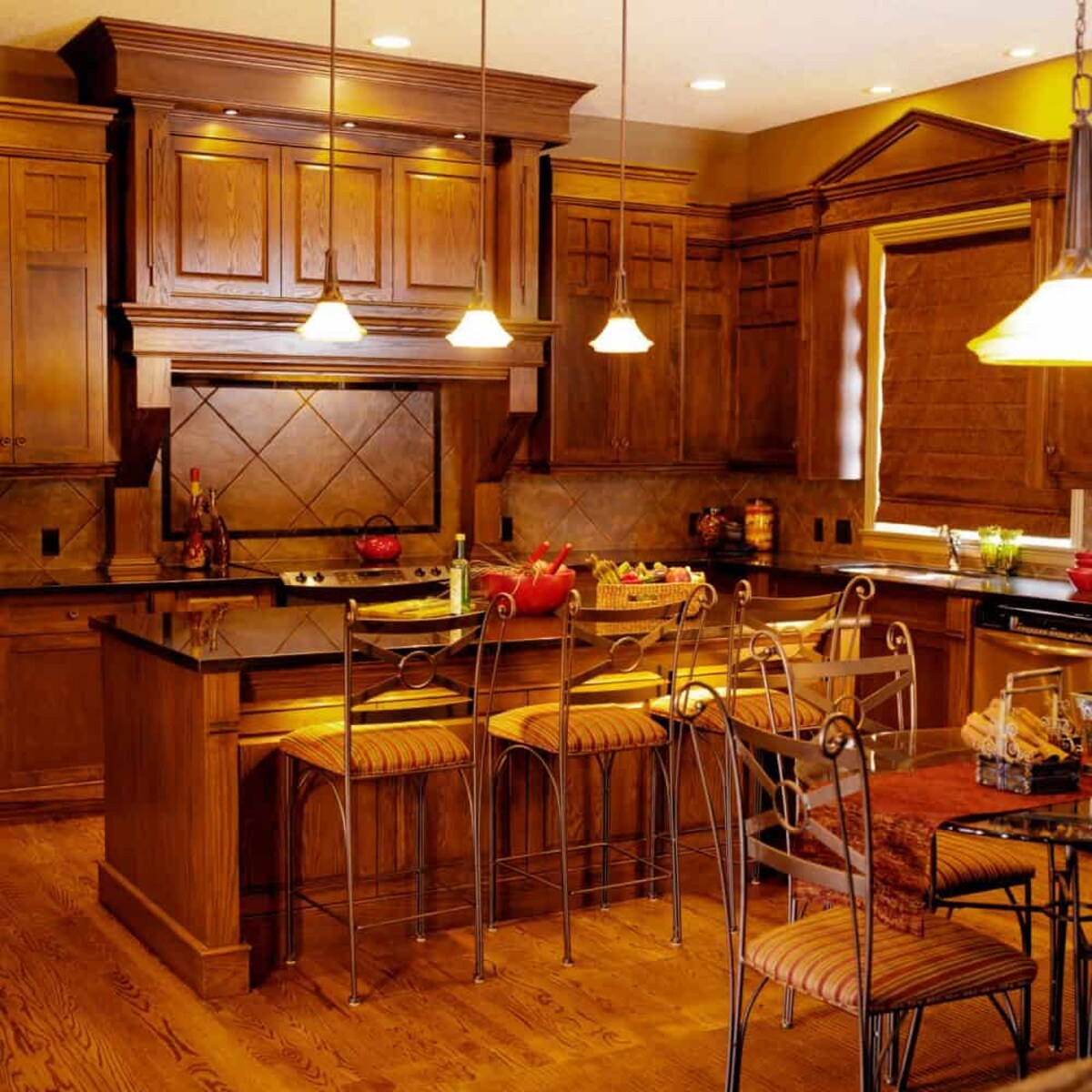
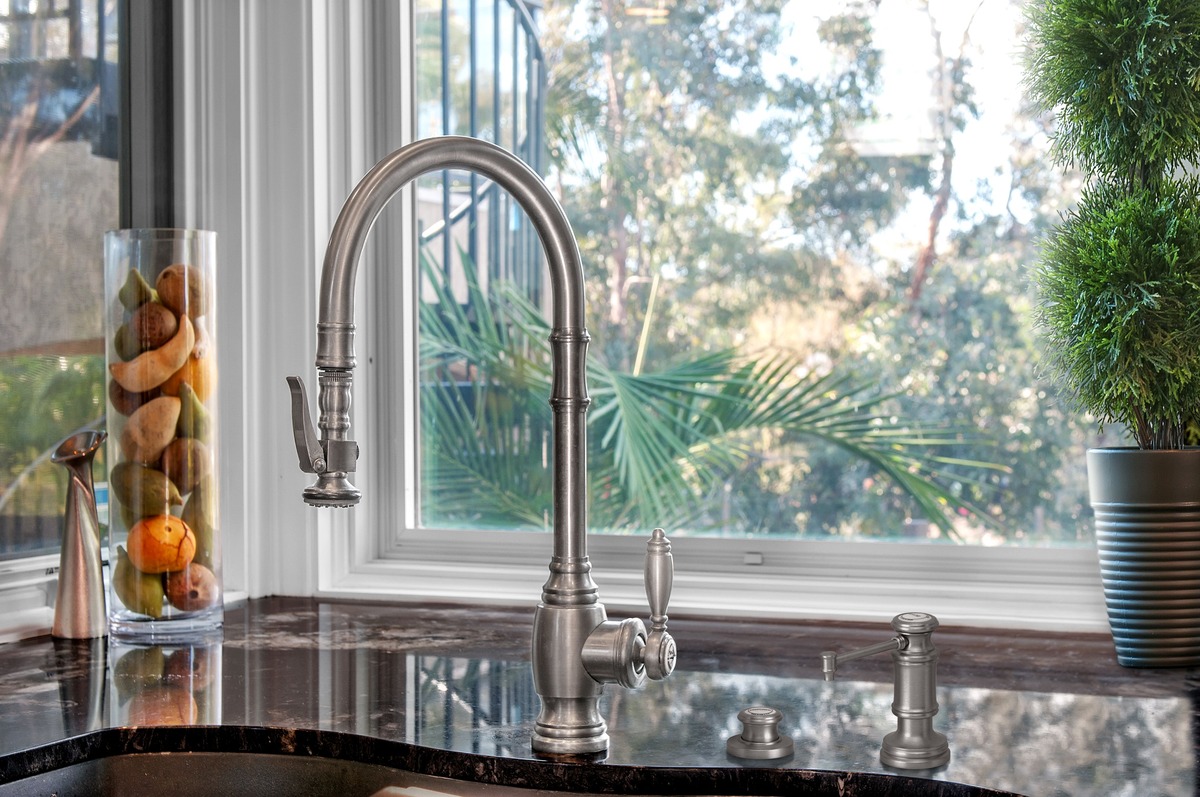
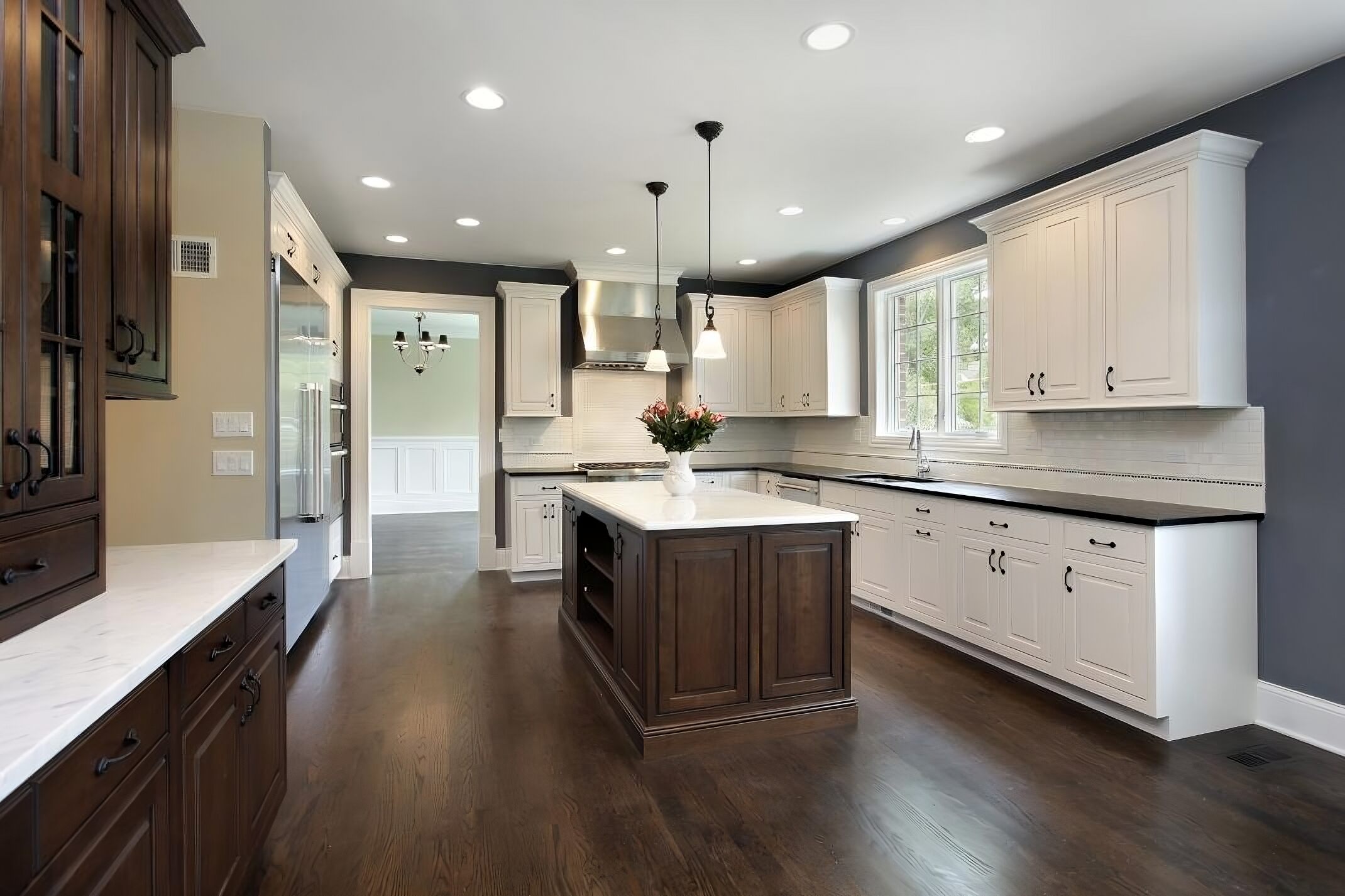
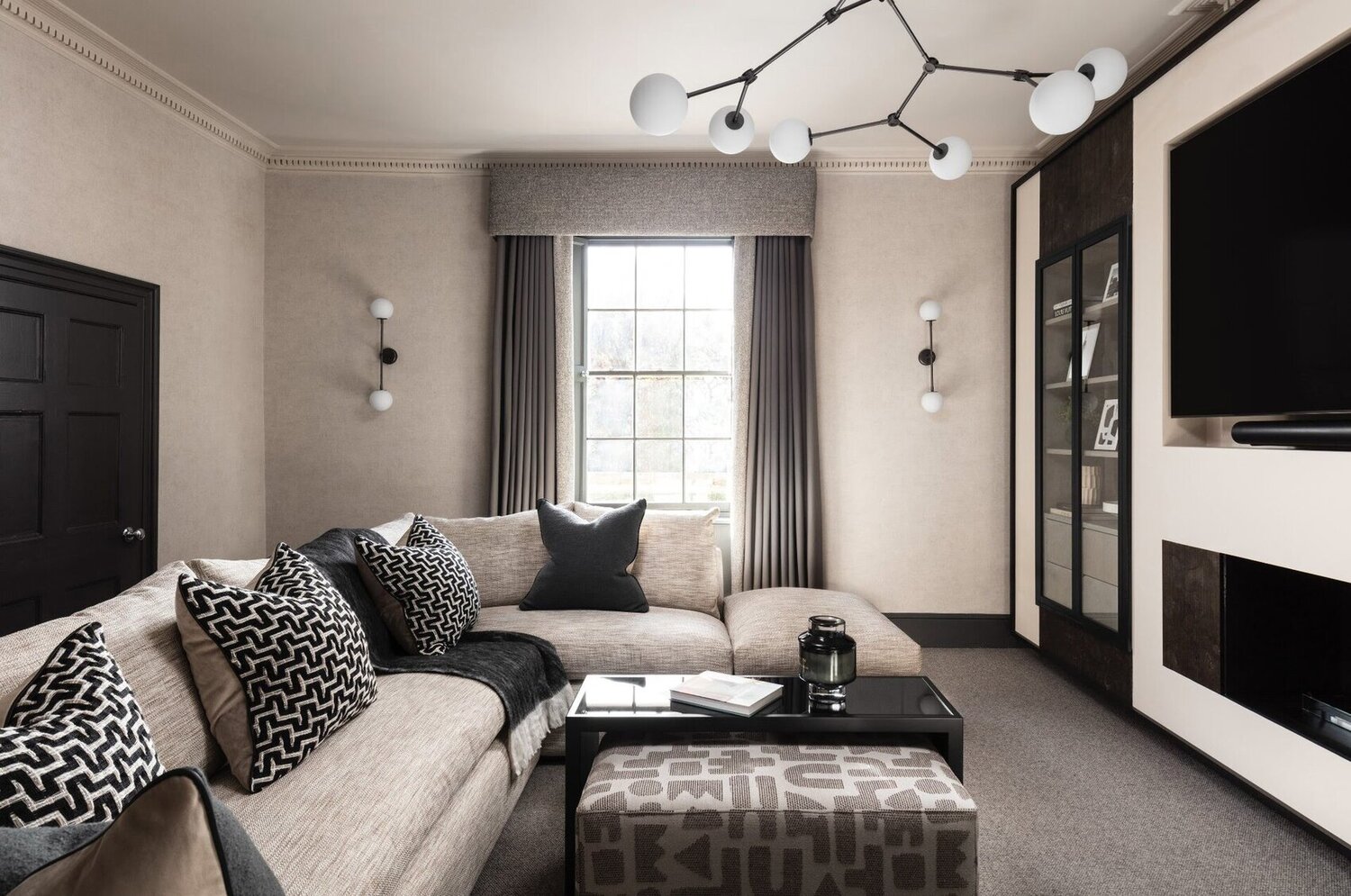
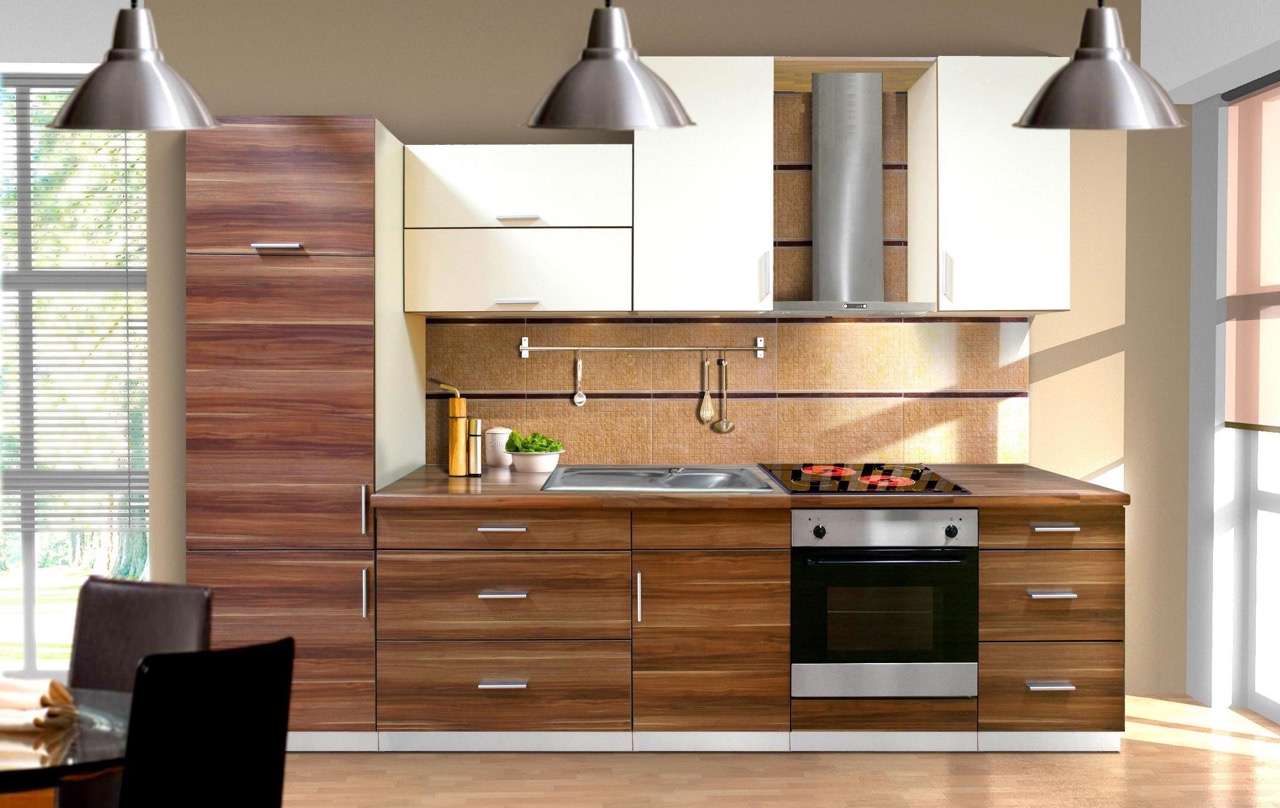
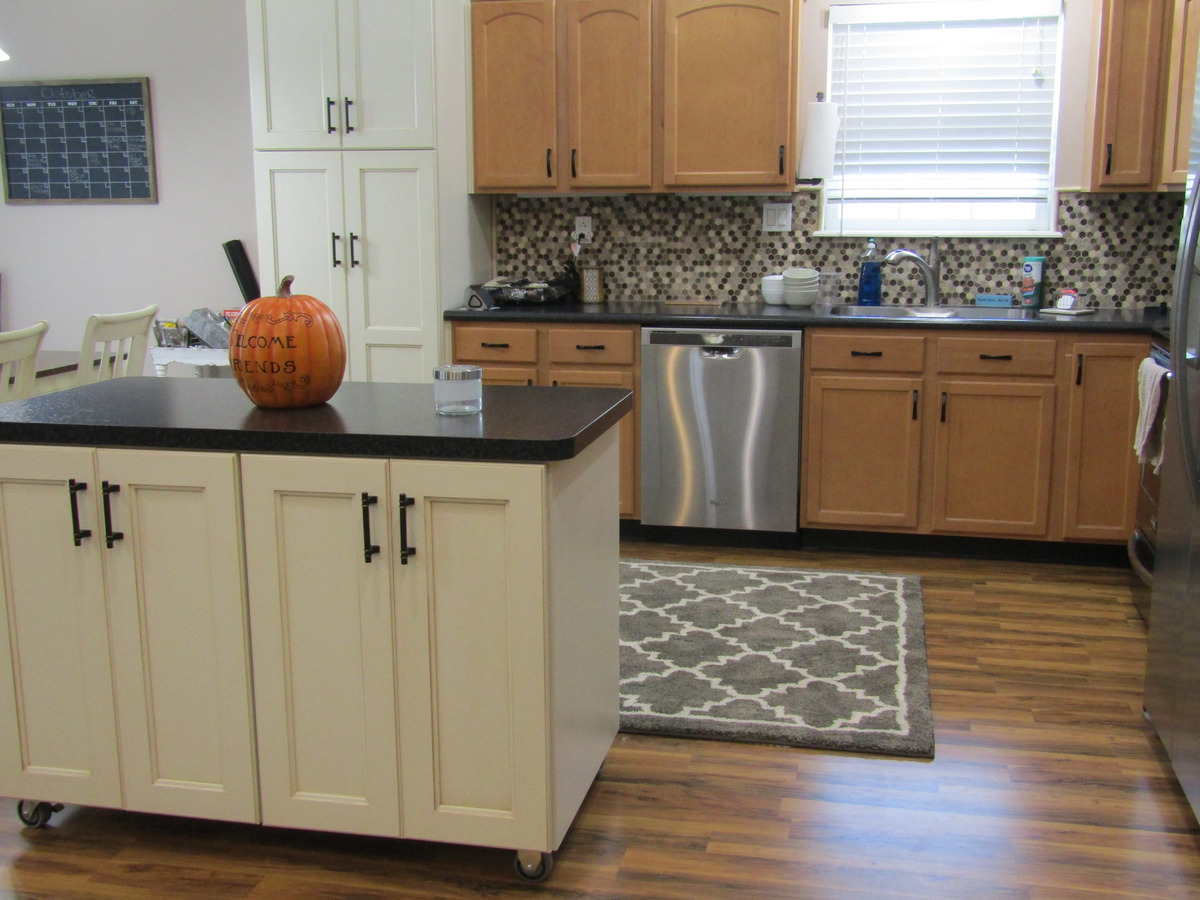
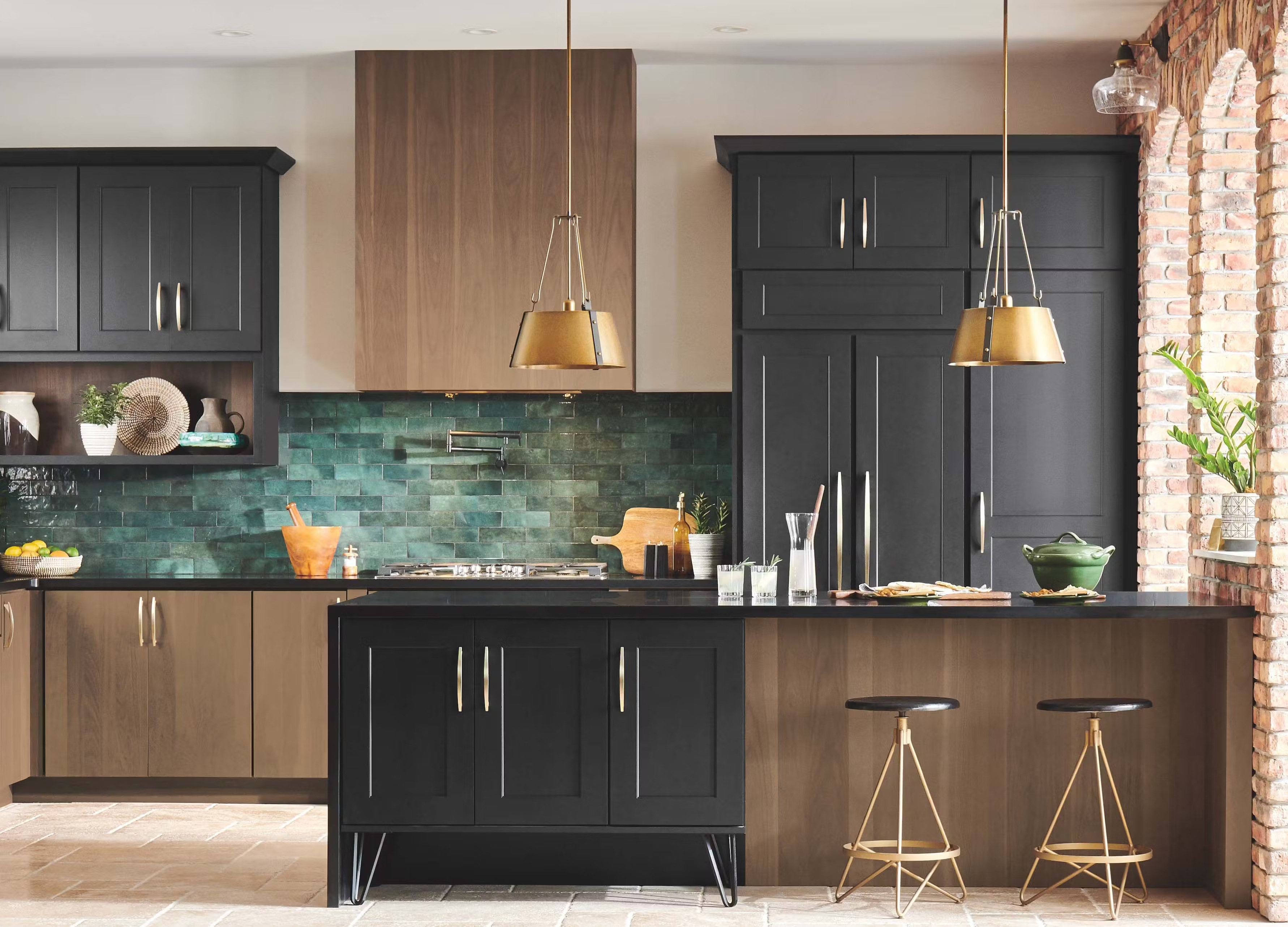
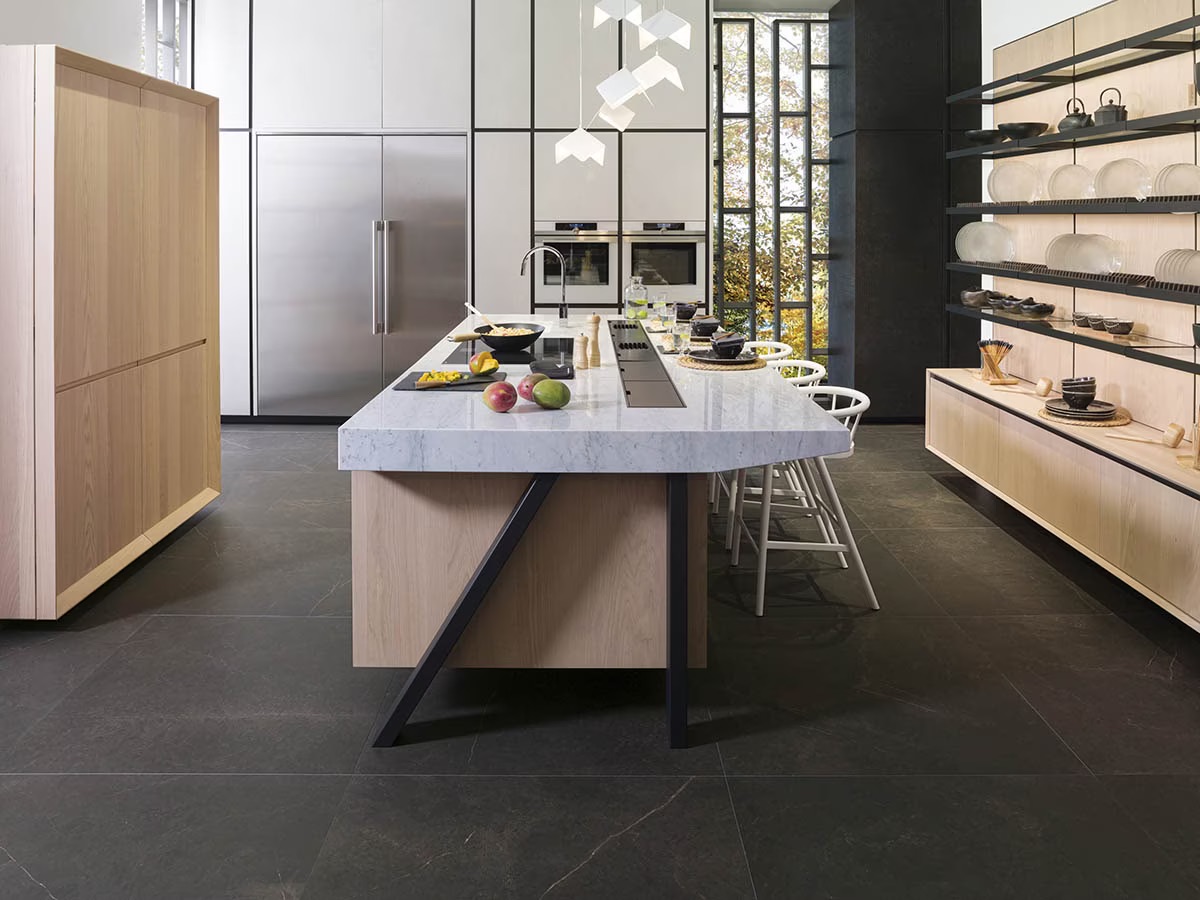
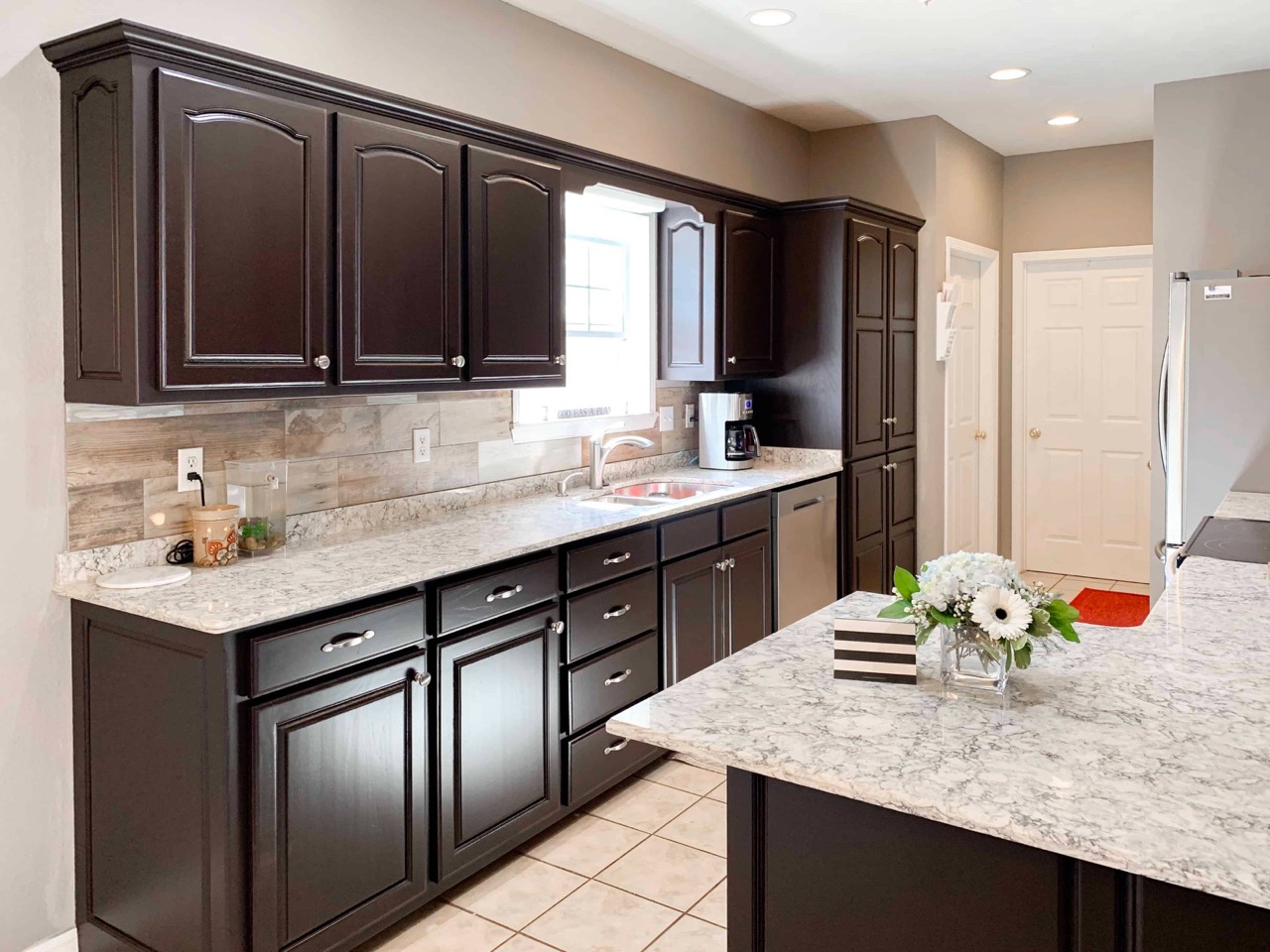
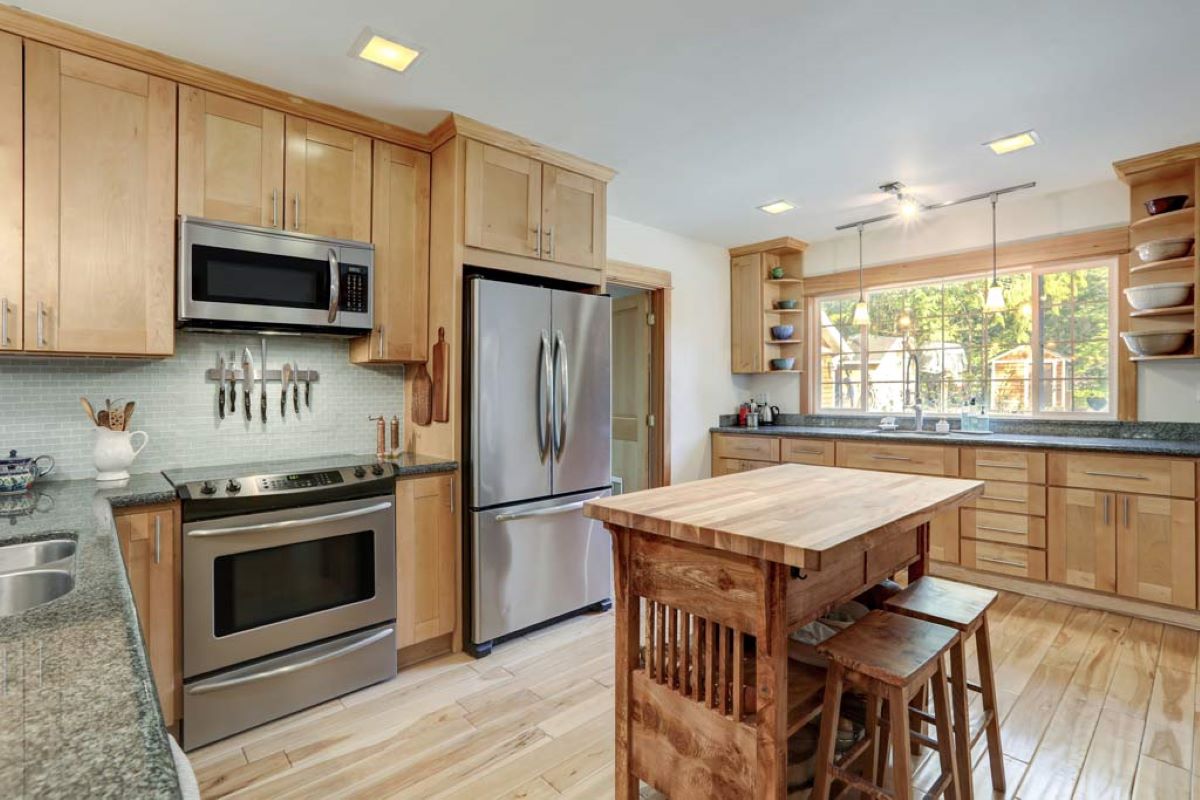
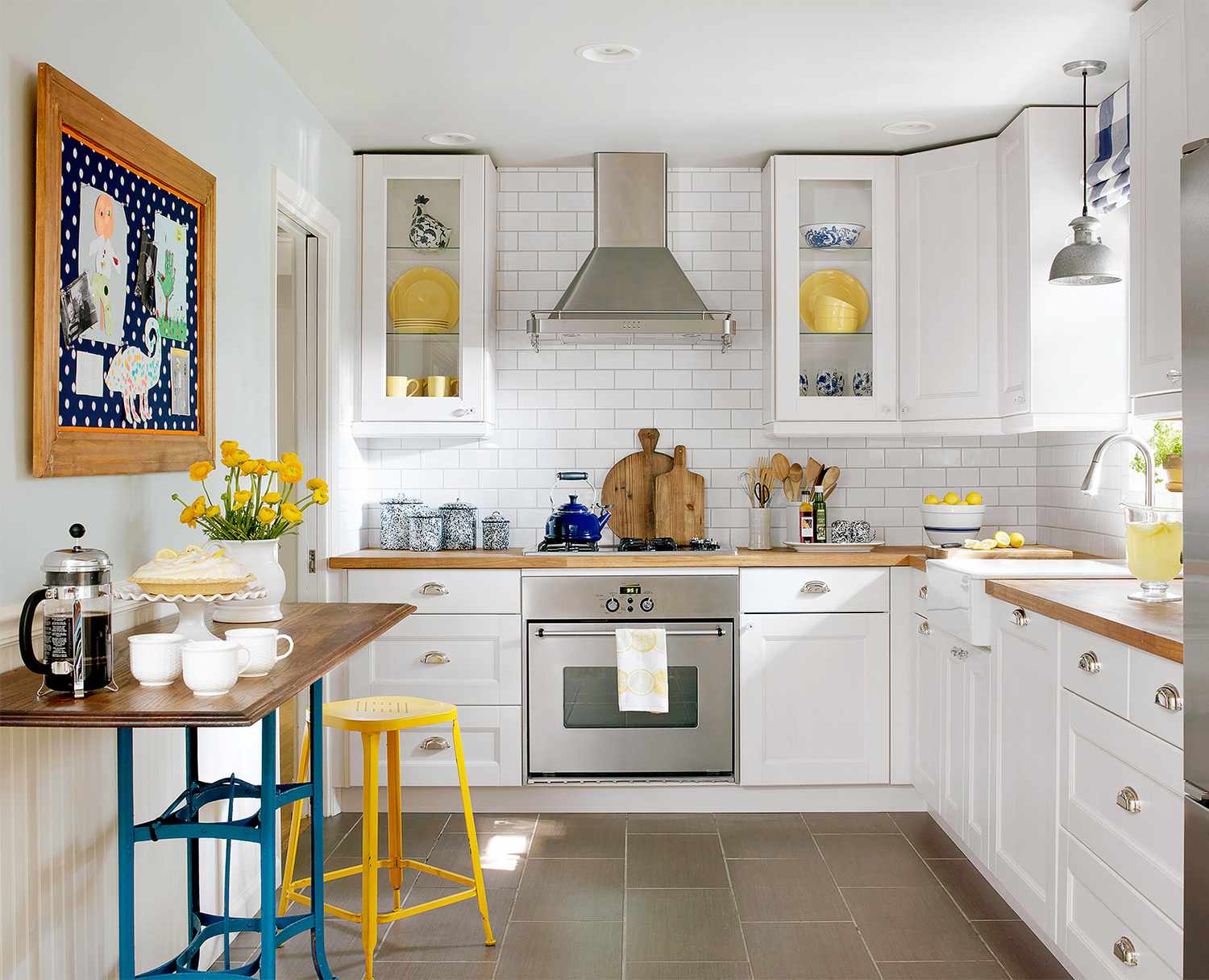

0 thoughts on “Should Your Kitchen Cabinet Color Match Your Kitchen Walls? Interior Designers Weigh In”